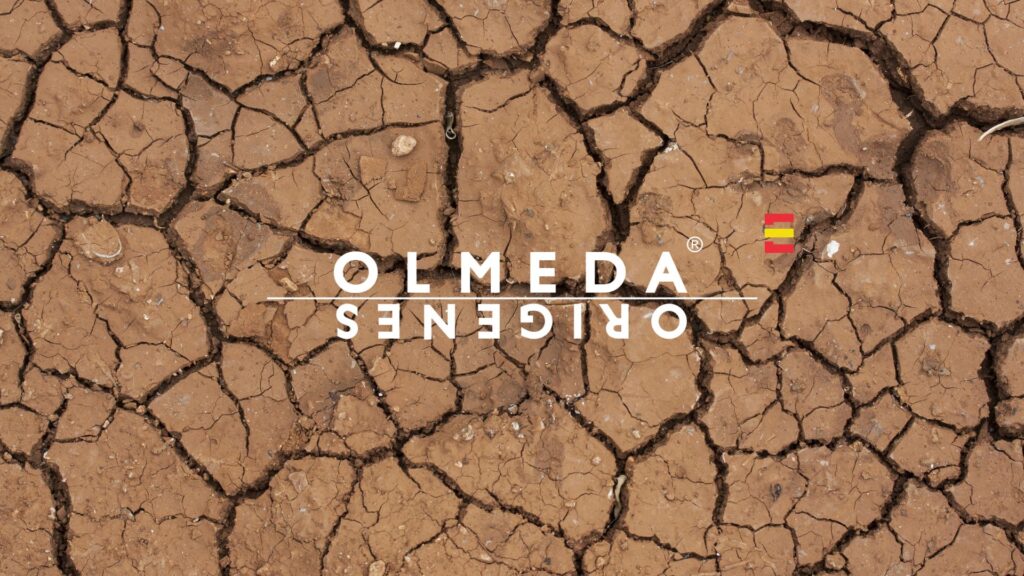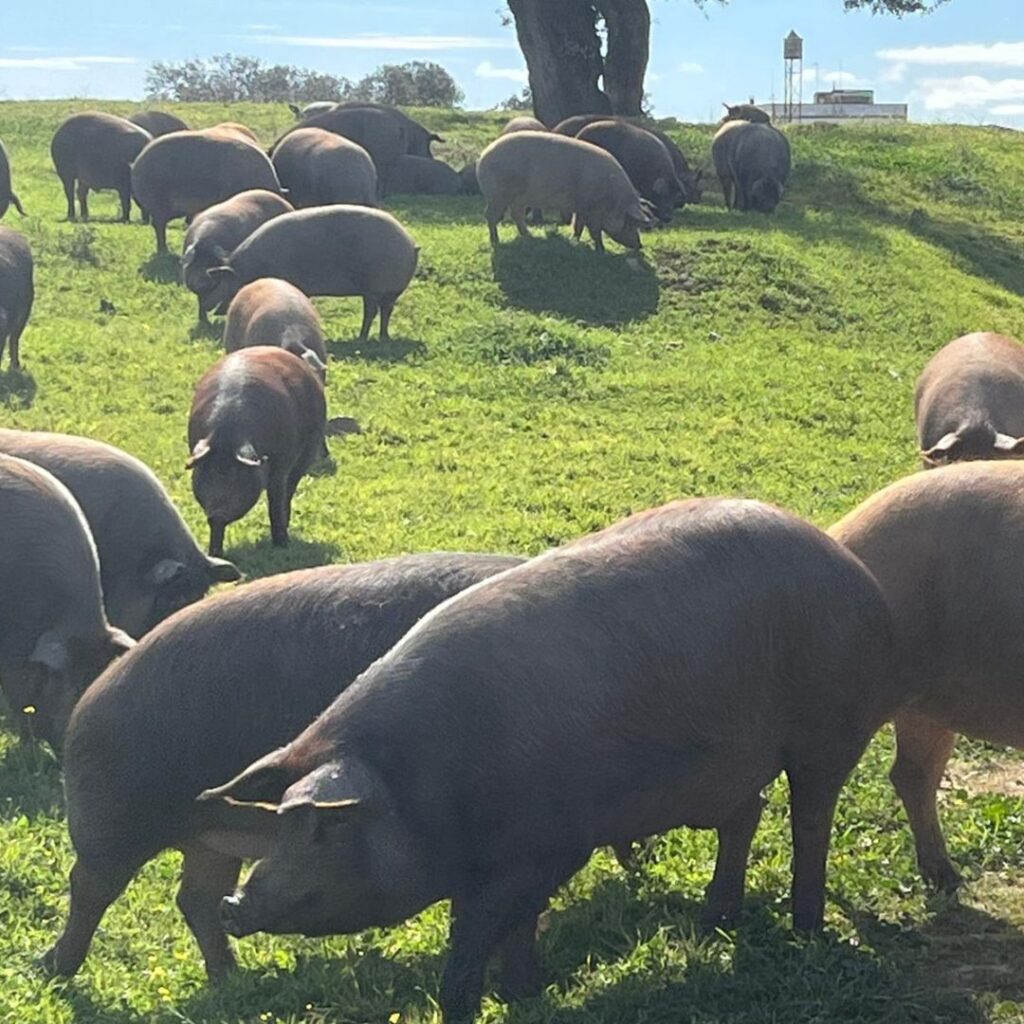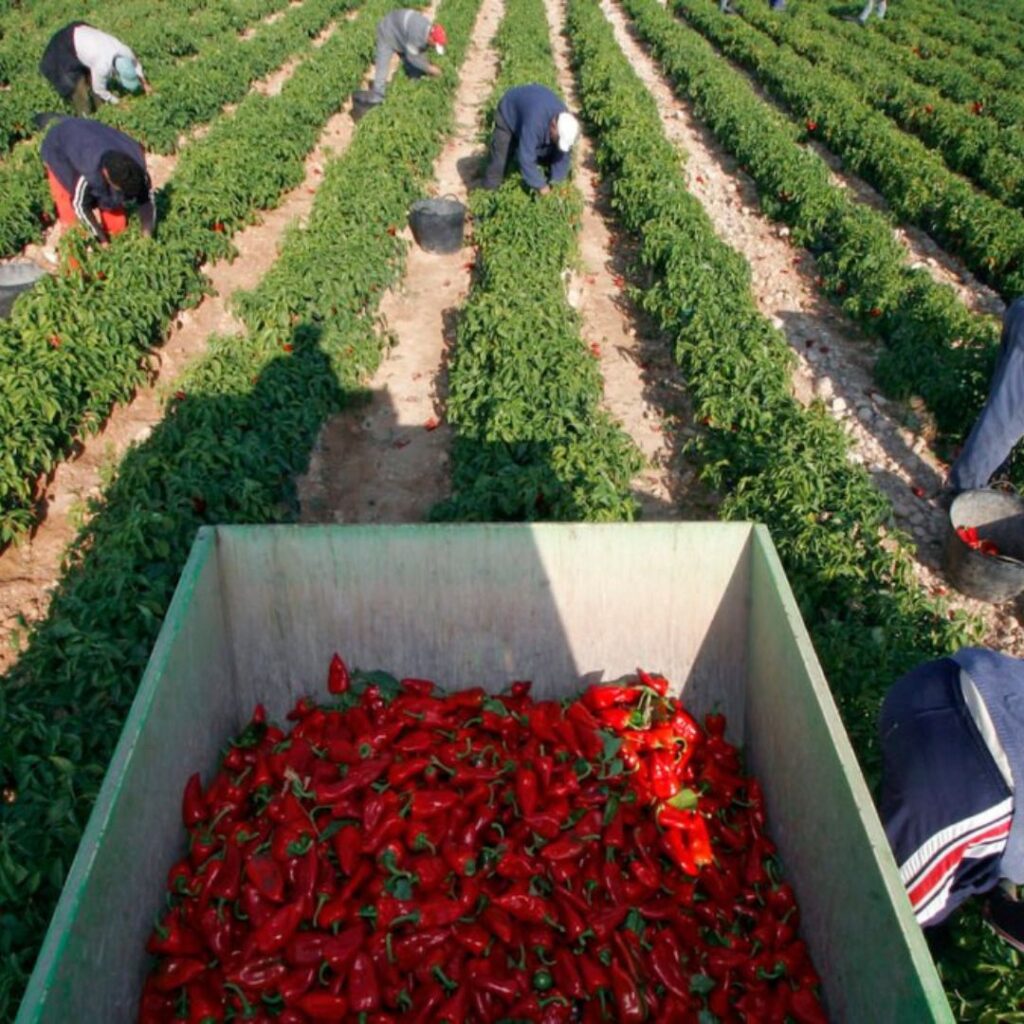31 May The Drought.
Once again this year, the drought is taking centre stage in Spain. What repercussions is the drought having on agriculture and livestock farming?
WHAT IS DROUGHT?
Drought is the result of a deficit of rainfall over a prolonged period of time. This lack of rainfall can cause serious damage to wildlife, as well as damaging habitats and reducing the water supply for animals and humans.
As we are all well aware, Spain is experiencing a period of severe drought, which is nothing new year after year, but the drought in Spain this year has been accentuated due to low rainfall.
The Spanish water reserve is at 50.1% of its total capacity and most of the reserves in the different basins of the peninsula have reduced their storage compared to the average of the last 10 years.
According to the AEMET, there has been a 55% reduction in rainfall this winter. Spain is in a state of “meteorological drought” and is the second driest year in the six decades for which we have records.

Spain is located in one of the geographical areas most affected by droughts. In the last century, more than half of the years have been dry or very dry. Although droughts have affected the whole territory, the Mediterranean basins are those most affected by this phenomenon.
Meteorological droughts have always existed in our country, but it is confirmed that during the 21st century, an increase in the frequency of these extreme phenomena is taking place.
As mentioned above, water scarcity in Spain is a recurrent phenomenon, which is being amplified by the effects of climate change, which is giving rise to global warming. In this context, there is an urgent need to take measures to face the water challenges of the present and the future in our country, thus guaranteeing water security.
Water resources are essential for life on our planet, for the maintenance of habitats and for our agriculture and livestock farming. The lack of rainfall in our country and the irregularity of rainfall as a result of climate change are having a very serious effect on agriculture and livestock farming, and therefore on farmers and livestock breeders.
HOW DOES DROUGHT AFFECT LIVESTOCK AND AGRICULTURE?
Drought has a effect on both the livestock and agricultural sectors. On the one hand, in the livestock sectors, costs have increase due to the need for increased refrigeration, coupled with the need to bring water to extensive livestock for hydration as numerous ponds and water supply points have dried up, and the drought prevents the development of pastures for livestock feed.
On the other hand, the shortage of water is a major drawback for agriculture, which is causing problems in irrigation and sowing. The lack of moisture sometimes makes sowing impossible and many crops lose yields, as is the case with olive, sunflower and almond fields.
In conclusion, drought is a major drawback for both livestock and agriculture, resulting in low yields which leads to higher prices.
Due to this situation, many producers are deciding to adapt their production to species that need the minimum amount of water.
The term regenerative agriculture, which is based on soil conservation, water management and the conscious integration and promotion of biodiversity, is becoming increasingly popular.


- COAG prepares a report on the impact of the drought on agriculture and livestock farming in Spain. Interempresas.
- Consequences of drought in agriculture (2020, November 3). Balam |.
- Drought in Spain (2017, November 7). iAgua.
- Mesa de la sequía: las CCAA piden ayudas y flexibilizar la PAC. (2023, April 20). Agrodigital; Agrodigital, SL.
- SA_ad_user (2020, January 28). Drought in Spain and its effects on agriculture. Agbar Agriculture
- Drought in Spain – News and information (2017, November 28). ELMUNDO.



